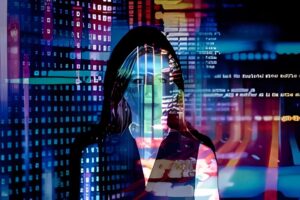Sensorization
SMART CITY SOLUTIONS
AND TOOLS

Introduction
Today, the design of cities must take into account rapidly changing needs of the citizens. Thanks to the Internet of Things (IoT), the digital and technological world of information and communication is closely linked to the real world of things: objects capable of interacting with each other by transmitting data and receiving instructions. The fundamental elements of this ecosystem are sensors allowing the digitalization of infrastructures, collection and analysis of data.
Description
Major uses of sensors in Green Cities:
- Smart Lighting: intelligent management of public lighting for energy saving by controlling the switching on and off of installations according to the amount of light detected or sensitive areas.
- Smart Air Quality Monitoring: pollution, temperature and humidity to control/prevent pollution and improve the health of the environment.
- Smart Parking: management of parking spaces to decongest traffic by directing users to available parking spaces in order to reduce air pollution.
- Smart Waste: sensors placed in bins to detect fill levels and plan collection.
- Smart Governance of public green spaces: sensors to regulate watering based on weather conditions or the state of the soil and plants
An example of citizen participation in public policy thanks to sensorization technologies is citizen sensing: a new way of working that puts communities at the heart of innovation, ensuring that new technologies are developed to meet people’s needs and tackle the issues they care about, rather than being imposed on them by “big tech” companies in a “top-down” process. The approach enables the development of a “city commons” where resources, tools, expertise and technologies are shared and used for the common good.

